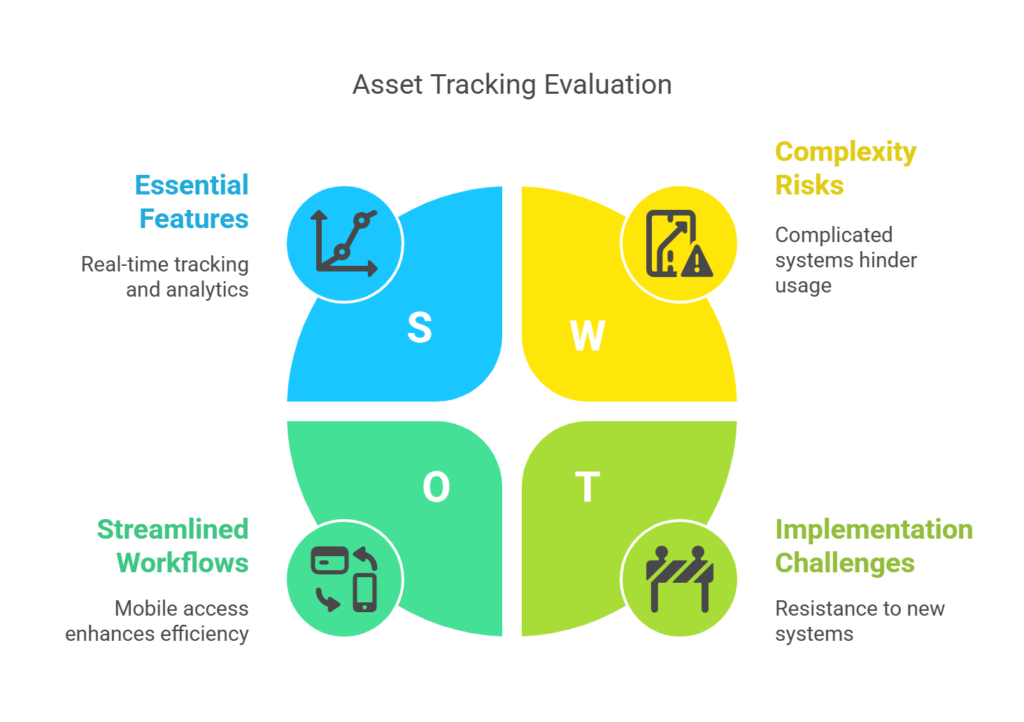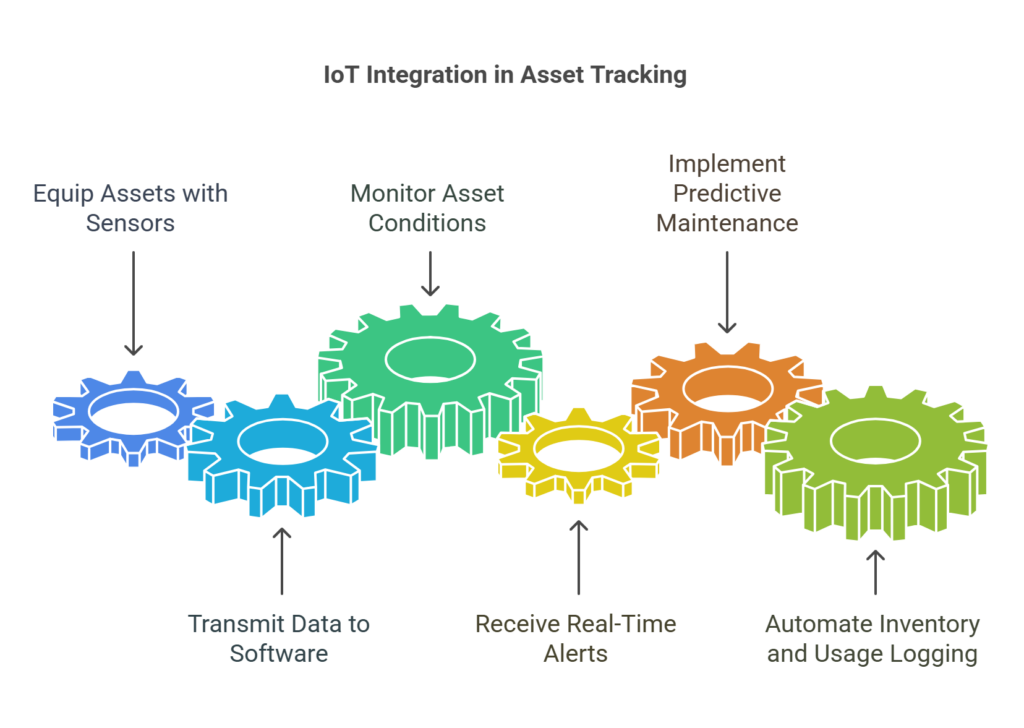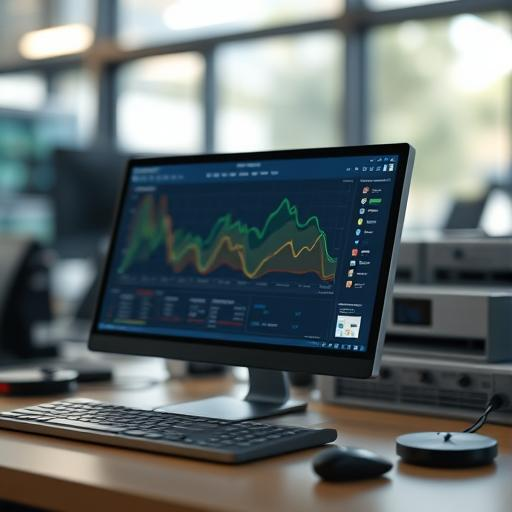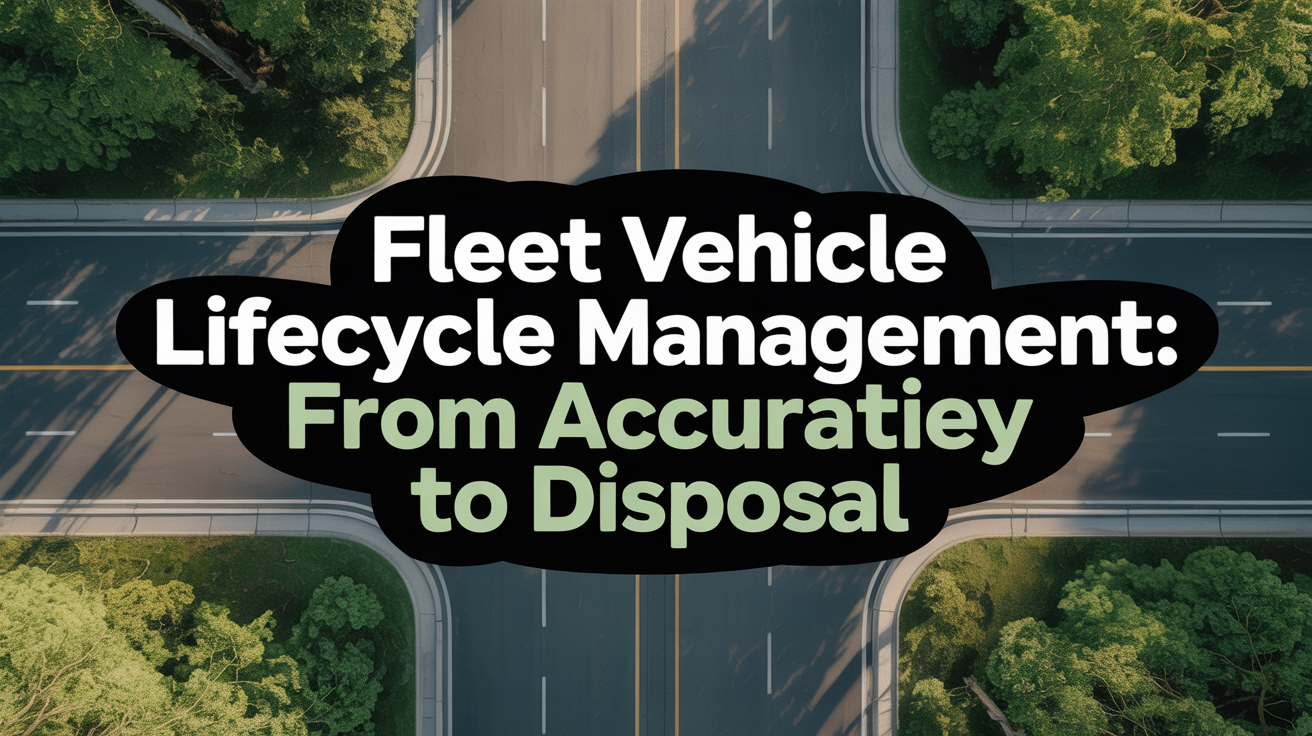Picture this: somewhere in your facility, a critical piece of equipment has vanished. Or maybe it’s just misplaced, costing your team valuable time searching. Every year, businesses like yours face significant losses from assets that go missing or are underused. Thankfully, there’s a powerful fix gaining traction: asset tracking software. It’s changing the game for how companies keep tabs on their valuable stuff, from tools and vehicles to laptops and licenses. Forget wading through confusing jargon; this piece gives you the clear, practical lowdown on these systems.
By the end of this read, you’ll get the scoop on how asset tracking software seriously boosts your operational efficiency, what features really matter for top performance, and smart ways to get this tech working for you. Whether you’re running a small shop or managing assets for a large corporation, knowing about asset tracking is key to safeguarding your investments and giving your bottom line a healthy lift. Let’s get started! 👍
What is Asset Tracking Software?
At its core, asset tracking software is a system designed to monitor and manage a company’s physical assets and sometimes even digital ones. Think of it as a high-tech watchdog for everything your business owns and needs to operate. It uses various technologies like barcodes, QR codes, RFID tags, GPS, and specialized software to record details about each asset – its location, condition, maintenance history, user assignment, and more. This is a world away from old-school spreadsheets or manual logbooks, which are often prone to errors, outdated information, and are just plain inefficient when you need answers fast.
What kind of assets are we talking about? Pretty much anything valuable that your business relies on. This includes heavy machinery, vehicles, IT equipment (laptops, servers, phones), tools, furniture, medical devices, software licenses, and even inventory items moving through your supply chain. The goal is to provide a centralized, accurate, and often real-time view of all your assets, making management much simpler and more effective.
“Asset Tracking Software: Hardware and software inventory tracking, associated vendors and contracts, managing asset groups, assets …” -Repositorio Aberto
Key Benefits of Asset Tracking Software
Why make the switch? The advantages are compelling. First off, efficiency gets a major boost. Teams spend far less time hunting for misplaced items, freeing them up for more productive work. Knowing exactly what assets you have and where they are prevents accidental re-purchasing of items you already own. This visibility, combined with optimized usage, directly leads to cost savings. Plus, knowing the location and status of valuable equipment inherently improves security.
One of the biggest wins is the reduction in asset loss and theft. Real-time tracking capabilities mean you can quickly pinpoint an asset’s location, making recovery much more likely if something goes missing. This improved visibility extends across your entire asset inventory, giving you a clear picture for better planning and resource allocation. Getting your assets organized within a digital system means no more guesswork or messy paper trails; everything is cataloged and easily searchable.
Beyond the day-to-day, asset tracking software plays a crucial role in compliance and reporting. Many industries require strict record-keeping for asset maintenance, usage, and disposal – the software automates much of this documentation, making audits less painful. The data collected also fuels smarter business decisions. Analyzing asset usage patterns, maintenance costs, and lifecycles helps you optimize purchasing strategies, schedule preventive maintenance effectively, and plan for future needs based on solid information.
“Reduce Theft and Loss With Real-time Location Tracking” -Comparesoft
Essential Features of Asset Tracking Software
When evaluating different asset tracking options, certain features are non-negotiable for getting the best results. Real-time tracking is often top of the list, using technologies like GPS for mobile assets or RFID/BLE for items within a building. Barcode or QR code scanning is fundamental for quick check-in/check-out and identification. Look for robust maintenance scheduling capabilities to proactively manage upkeep, reduce downtime, and extend asset life. Comprehensive reporting and analytics are also vital – you need to easily generate reports on asset depreciation, utilization rates, maintenance history, and audit trails.
Don’t overlook the user experience! A system that’s complicated or clunky won’t get used effectively. Seek out software with a clean, intuitive interface that requires minimal training for your team. Mobile accessibility is another huge plus 📱. Giving your staff the ability to update asset information, check items in/out, or locate assets directly from their smartphones or tablets streamlines workflows considerably, especially for teams working in the field or across large facilities.

Finally, consider how well the software plays with others. The best asset tracking systems offer integration capabilities with other business software you already use, such as Enterprise Resource Planning (ERP), accounting systems, or procurement platforms. This integration creates a more unified operational view, eliminates duplicate data entry, and ensures information is consistent across different departments, leading to much smoother overall asset management.
“Real-time and Historical Data Access” -Comparesoft
Implementing Asset Tracking Software
Choosing the right asset tracking software starts with understanding your unique needs. Consider the types and number of assets you need to track, the level of detail required (basic location vs. detailed usage data), your budget, and any specific industry regulations you must follow. Think about which features are ‘must-haves’ versus ‘nice-to-haves’. Reading reviews and potentially requesting demos from vendors can help you compare options effectively. Look for providers known for good customer support – you’ll appreciate it during setup and beyond.
Rolling out the chosen software involves a few key steps. Proper planning is essential – define your goals, identify key stakeholders, and map out the process. Data migration, moving existing asset records into the new system, needs careful handling to ensure accuracy. Then comes the physical task of tagging all your assets with appropriate labels (barcodes, QR codes, RFID tags). Crucially, invest time in training your employees. Clear instructions and demonstrating the benefits will encourage adoption and ensure everyone uses the system correctly for maximum impact.
ROI of Asset Tracking Software
Wondering if the investment is worthwhile? Calculating the Return on Investment (ROI) for asset tracking software helps justify the expense. The basic formula involves comparing the total benefits (cost savings + efficiency gains) against the total cost (software subscription/license, hardware like scanners/tags, implementation time). Savings come from reduced asset loss/theft, minimized downtime due to better maintenance, optimized purchasing (avoiding redundant buys), lower insurance premiums in some cases, and improved employee productivity (less time searching). 💰
Many businesses see a significant positive ROI shortly after putting an asset tracking system in place. For instance, a construction company might drastically cut down on lost tools and equipment left on job sites. A healthcare facility can improve patient safety and operational flow by always knowing the location of vital medical devices. An IT department can better manage expensive hardware and software licenses, preventing overspending and ensuring compliance. These tangible financial benefits often quickly outweigh the initial setup costs.
Asset Tracking Software and IoT Integration
The convergence of asset tracking software with the Internet of Things (IoT) is opening up exciting possibilities. IoT integration means assets can be equipped with smart sensors that automatically transmit data back to the tracking software without manual scanning or updates. These sensors can monitor location (often with greater precision via GPS or cellular data), temperature, humidity, motion, usage levels, fuel consumption, and much more, depending on the asset and sensor type.
This connection unlocks powerful advantages. You get a richer, truly real-time stream of data about your assets’ condition and environment. This enables sophisticated condition monitoring, alerting you to potential issues before they cause failure – paving the way for predictive maintenance strategies. Imagine getting an alert that a refrigerated truck’s temperature is rising or that a machine is vibrating abnormally. Automation also gets a boost; think automated inventory counts as tagged items pass through a checkpoint or automatic logging of equipment usage hours.

“IoT-enabled asset tracking systems can automate inventory management processes, minimize manual errors, and improve overall efficiency.” -Verizon Connect
Security Considerations in Asset Tracking
While asset tracking offers immense benefits, it’s important to address the security aspects. The software collects potentially sensitive data about valuable assets, including their location and usage patterns. Protecting this data from unauthorized access or breaches is critical. Consider who needs access to what information and apply role-based access controls within the software. Data protection and privacy issues are another key concern, especially if assets (like company vehicles or laptops) are assigned to specific employees – ensure your tracking practices comply with relevant privacy regulations. 🔒
Implementing strong security practices is non-negotiable. Use robust passwords and encourage multi-factor authentication where possible. Ensure data transmission between assets, sensors, and the software platform is encrypted. Regularly review access logs and conduct security audits. When choosing a software provider, inquire about their security protocols, data center security, and compliance certifications. A vendor committed to security provides peace of mind that your asset data is well-protected.
Future Trends in Asset Tracking Technology
The field of asset tracking is constantly advancing, driven by technological innovation. Artificial intelligence (AI) and machine learning (ML) are set to play a bigger role. Imagine AI algorithms analyzing tracking data to predict asset failure with even greater accuracy, optimize routes for delivery vehicles based on real-time conditions, or automatically detect anomalies that might indicate theft or misuse. This intelligence layer will make asset management more proactive and insightful.
Other exciting trends are emerging too ✨. Blockchain technology offers potential for creating immutable, highly secure records of an asset’s history and ownership, valuable for high-value items or regulated industries. Sensor technology continues to improve, bringing smaller, more energy-efficient sensors with longer battery lives and greater capabilities. We’re also seeing advancements in indoor positioning technologies, making it easier to precisely locate assets within large buildings or warehouses where GPS doesn’t reach.
FAQ
1. What types of businesses benefit most from asset tracking software?
Virtually any business with valuable physical assets can benefit! This includes construction, healthcare, logistics and transportation, manufacturing, IT, education, hospitality, and field services. If you need to know where your stuff is, how it’s being used, and when it needs maintenance, this software is for you.
2. How does asset tracking software improve inventory management?
It provides real-time visibility into inventory management levels and locations, reducing stockouts and overstocking. Automated tracking minimizes manual counting errors. It helps track inventory movement, identifies slow-moving items, and streamlines auditing processes.
3. Can asset tracking software integrate with existing business systems?
Yes, many leading asset tracking solutions offer APIs or pre-built integrations for common business systems like ERP, accounting software (e.g., QuickBooks, Xero), maintenance management systems (CMMS), and help desk software. This ensures data flows smoothly between platforms.
4. What is the average cost of implementing asset tracking software?
Costs vary widely based on the number of assets, required features (basic tracking vs. advanced IoT), type of tracking technology (barcodes are cheaper than active RFID/GPS), software subscription model (SaaS vs. perpetual license), and implementation complexity. It can range from a few hundred dollars per month for small businesses to significantly more for large enterprises.
5. How does asset tracking software help in regulatory compliance?
It creates accurate, easily accessible digital records of asset history, maintenance schedules, usage, and disposal. This documentation is crucial for meeting industry regulations (e.g., healthcare equipment standards, financial asset reporting) and simplifies audit preparation by providing a clear trail.
Conclusion
In today’s fast-paced business climate, effectively managing your assets isn’t just good practice – it’s essential for survival and growth. Asset tracking software provides the visibility, control, and data insights needed to protect your investments, streamline operations, cut unnecessary costs, and make smarter decisions. From reducing theft and loss to optimizing maintenance and ensuring compliance, the benefits ripple across the entire organization.
If you’re ready to take control of your assets and unlock new levels of efficiency, exploring asset tracking software is a logical next step. For businesses seeking a robust and user-friendly solution, consider checking out Nektar.io. They offer comprehensive asset tracking services designed to meet the diverse needs of modern companies, helping you manage your valuable resources with confidence and ease.
Key Takeaways:
- Asset tracking software significantly reduces theft and loss of valuable business assets
- Real-time tracking and data analytics improve decision-making and operational efficiency
- Integration with IoT and emerging technologies enhances the capabilities of asset tracking systems
- Proper implementation of asset tracking software can lead to substantial ROI for businesses of all sizes



